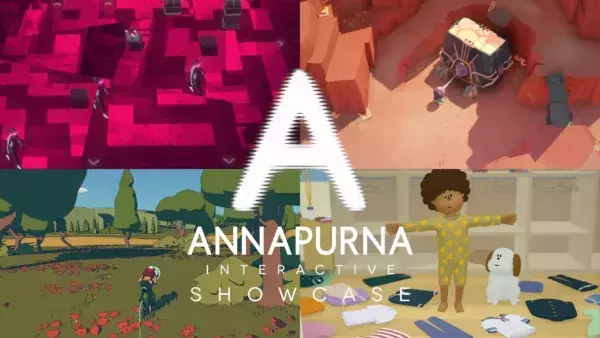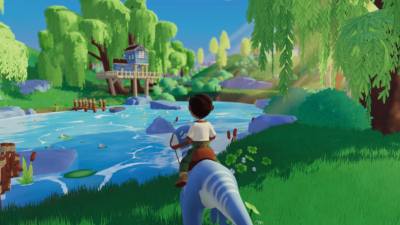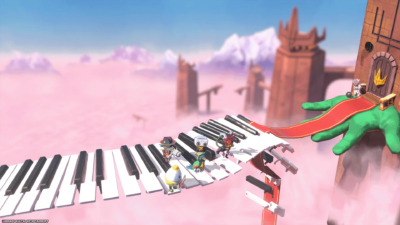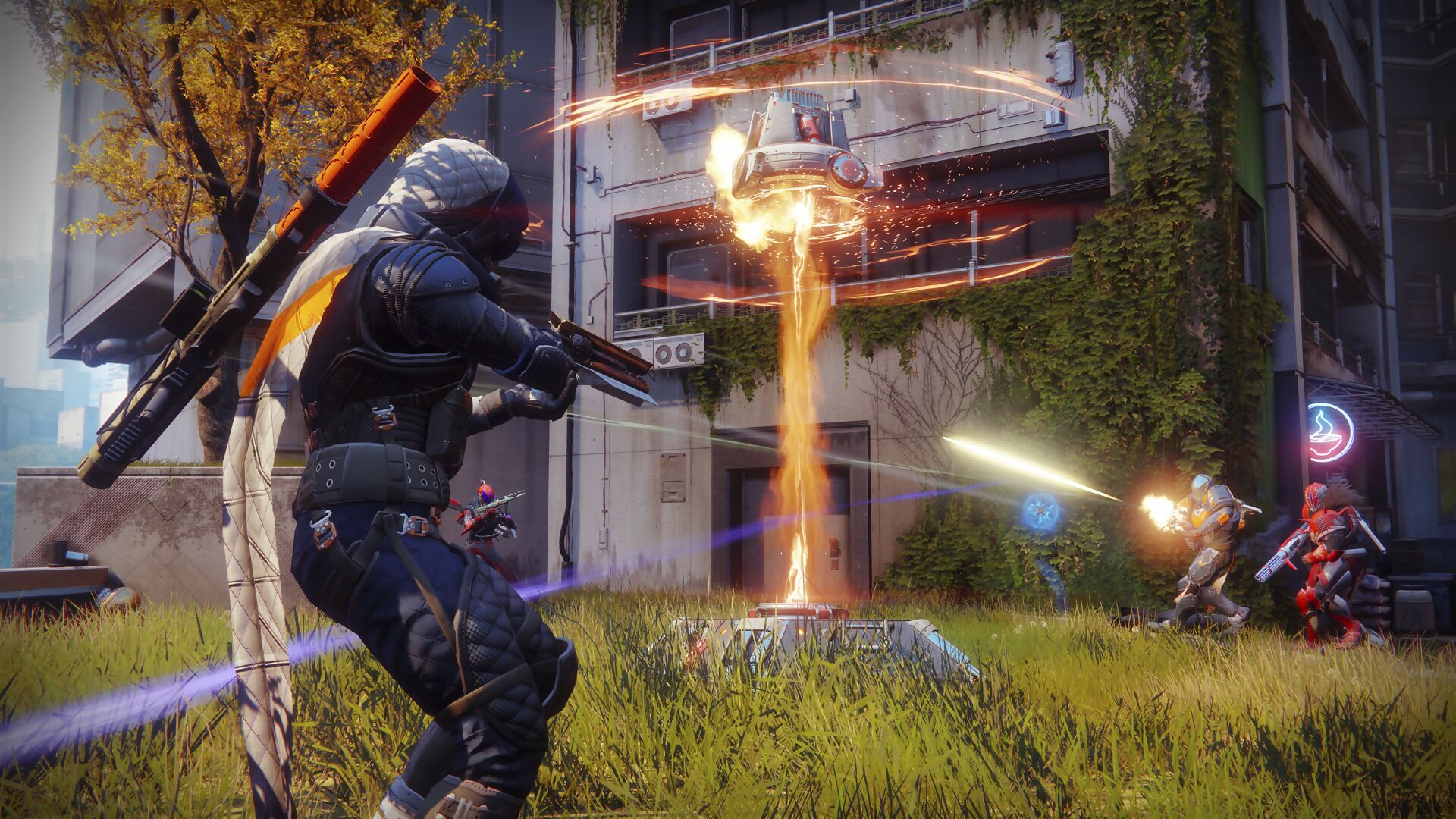
As Sony doubles down on its live service gaming plan, Vikki Blake wonders how long it’ll be before the GaaS bubble bursts.
I’m not entirely sure why recent news that Sony is doubling down on its commitment to live service gaming by investing 40 per cent of its annual R&D budget surprised me. It’s not as though Sony has been coy about its plans; ever since it acquired Destiny developer Bungie back in early 2022, the megacorp has been unapologetically vocal about its desire to expand into the games as a service (GaaS) market.
But 40 percent of a multi-million-dollar research and development budget – thought to be around $2.13 billion – is a lot, and Sony has no plans to slow down yet. Next year, it’s thought that percentage share will swell to 55 per cent, and then again to an astonishing 60 percent by the end of March 2026.
That’s billions and billions of dollars of investment. In live service gaming. You know – that 15-year-old funding model that’s arguably already outstayed its welcome.
I say that very much as a player, of course, not a game maker or publisher. No, not all live-service games are created equal; when done right, the funding system can be beneficial to all parties, including those of us who get to play our favourite games for thousands of additional hours. Whereas growing up, games were bought, completed, and part-exchanged to put towards my next must-play blockbuster, many of today’s titles are designed to run for years rather than weeks. Depending on your starting point and how easily you’re tempted by microtransactions and the like, it can make some games incredibly cost-effective.
The trouble, of course, is not where the funding model has succeeded, but where it’s stuttered and died. For every live service game still pulling in millions of gamers and millions of dollars, there are ten that have failed. For every Fortnite, Destiny 2, and Rainbow Six Siege, there’s a Hyper Scape, a Marvel’s Avengers, or a Babylon’s Fall. Games that were released with all the requisite fanfare and promise… only to be unceremoniously shut down within a year or two.
Because that’s the issue here, isn’t it? At least when I was buying physical copies of my games growing up – games I could play over and over again, entirely offline – I was in charge of whether or not I played them again. I had the agency to decide whether or not to part-exchange it to put the cost towards a new adventure.
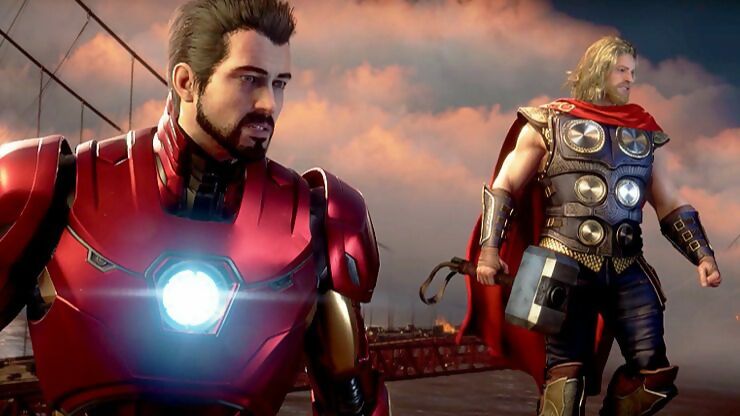
Despite its association with one of the biggest names in pop culture, Marvel’s Avengers was far from a blockbuster. Credit: Crystal Dynamics/Square Enix.
But when you’re entirely reliant on a distant server connection, it’s no longer up to you when – or even if – you’ll play some games again.
With live service games, not only do some require the patience and dedication of a second job (just one of the reasons I had to pull back from Destiny 2; after missing a couple of weeks due to work commitments and then falling ill for a bit, it felt like I could never again catch up with my fireteam, let alone my PvP competitors), but you’re entirely at the mercy of the people paying the server bills. So even if you commit whole-heartedly to a cool little live-service game that may not have all the bells and whistles, but you love anyways, being at the mercy of live service means you’re never in complete control. And your favourite game could be snatched away at any moment.
It gets even more frustrating when you invest your money as well as your time. It’s perhaps not a coincidence that some of the strongest performers in the live-service space are free-to-play, but that doesn’t mean they’re entirely zero cost, does it? Season passes. Expansion packs. DLC. Even the occasional microtransaction. They all add up. And at the end of it, you may have nothing to show for your dedication and support.
That’s why I’m a little surprised at Sony’s ardent commitment to have 12 live service games up and running by the end of March 2026. Yes, it can draw upon Bungie’s considerable experience in this field to duplicate elsewhere, but as a huge fan of the studio’s Destiny franchise, even I can’t deny that the shooter’s almost decade-long run hasn’t been without issues. Couple that with the dozens of similar GaaS offerings that have shuttered within a couple of years, and it’s curious that Sony – the platform behind incredible single-player adventures like The Last of Us, God of War, and the Uncharted franchise – is still devoted to branching out into live service gaming.
Of course, Sony’s commitment may be alongside its dedication to stellar first-party, single-player games and not a replacement thereof. But even with that caveat, I can’t shake my nervousness. Or my scepticism. I had, and enjoyed, Hyper Scape, but that’s gone now. Anthem, too, has been pulled. Marvel’s Avengers, Tom Clancy’s Ghost Recon Breakpoint, Knockout City – all have been shuttered.
Consequently, it may not matter just how good Sony’s live service games turn out to be; if its prospective audience has already been burned by a failed GaaS even one too many times, it may already be too late.
Vikki Blake has a column every week here at whynow Gaming. You can read her previous dispatch here.


